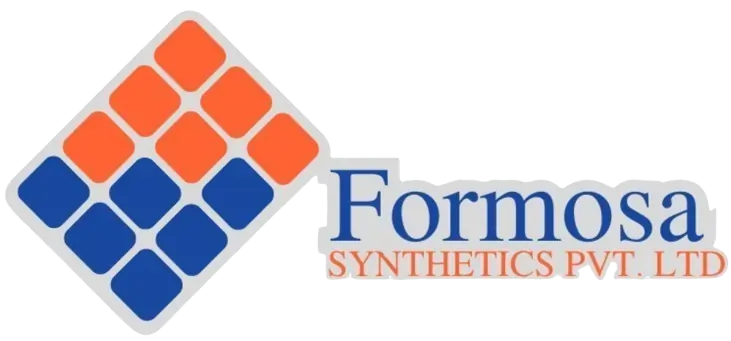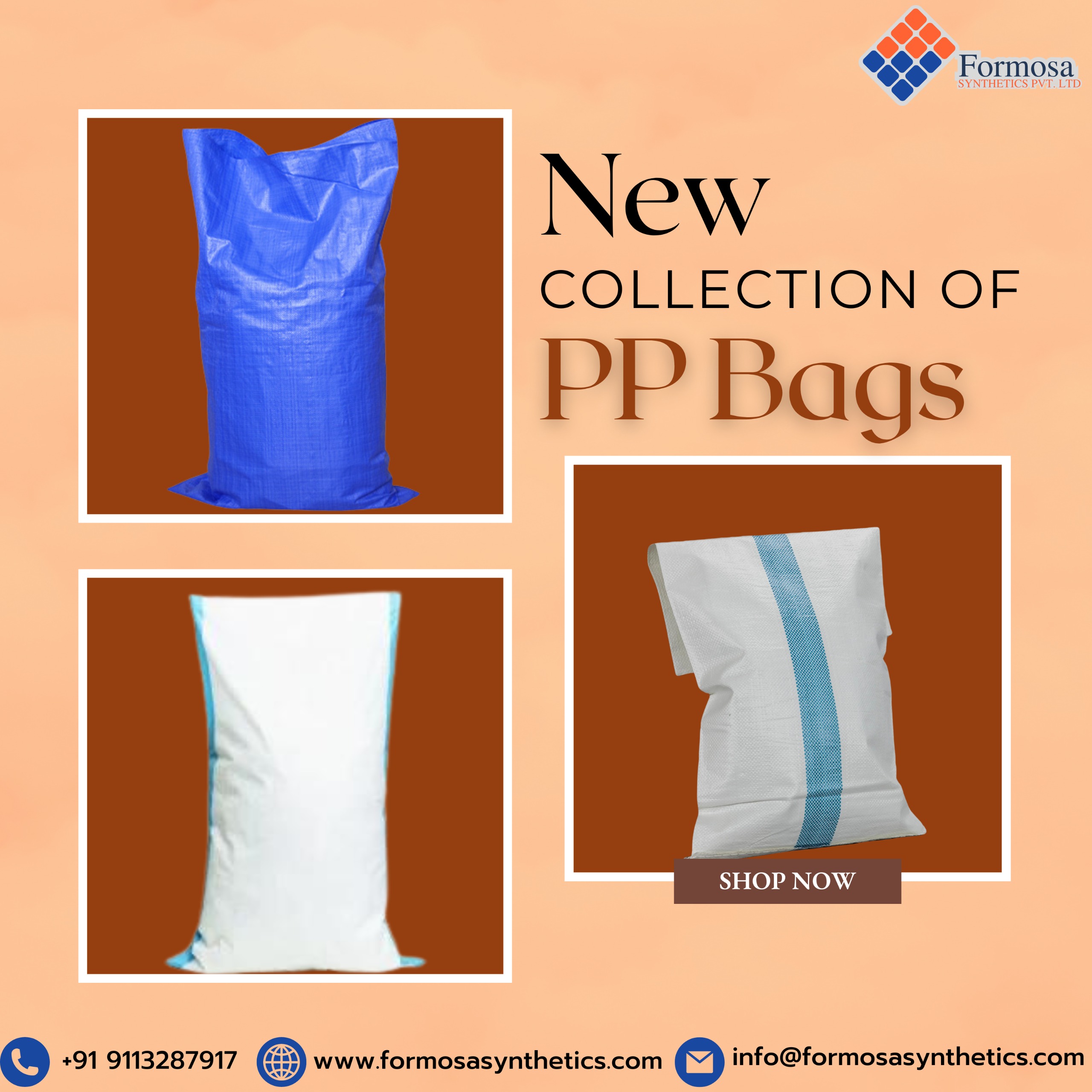Introduction
Polypropylene (PP) bags have become a staple in various industries due to their durability, versatility, and cost-effectiveness. These PP bags are widely used for packaging, storage, and transportation of goods across different sectors, including agriculture, retail, and manufacturing. However, as market demands evolve, there is a growing need to enhance the functionality of these bags to meet more specific requirements.
Overview of Polypropylene (PP) Bags
Polypropylene bags are made from a type of thermoplastic polymer known for its strength and resistance to chemical exposure. These bags offer numerous benefits, such as being lightweight, recyclable, and cost-efficient. The inherent properties of PP bags make them suitable for a wide range of applications, from carrying groceries to packaging industrial products.
Importance of Enhancing PP Bags
Enhancing the functionality of PP bags is crucial for several reasons:
- Increased Durability: Through processes like lamination, PP bags can withstand more wear and tear, making them more robust for heavy-duty applications.
- Improved Barrier Properties: Laminated PP bags offer better protection against moisture, UV rays, and contaminants, extending the shelf life of the contents.
- Enhanced Aesthetic Appeal: With the addition of lamination and linear features, these bags can be customized with vibrant prints and designs, making them more attractive for retail use.
- Maximized Storage Capacity: Incorporating linear features like gussets and pleats allows PP bags to expand, accommodating more volume without compromising on strength.
- Eco-Friendly Options: Innovations in lamination materials are paving the way for more sustainable and recyclable PP bags, aligning with the growing demand for environmentally friendly packaging solutions.
By focusing on these enhancements, manufacturers can produce PP bags that not only meet but exceed the expectations of various industries, leading to increased customer satisfaction and broader market appeal.
Understanding Lamination
What is Lamination?
Lamination is a process where a thin layer of protective material is applied to the surface of polypropylene (PP) bags. This layer can be made from various materials such as plastic films or specialized coatings. The primary purpose of lamination is to enhance the durability and resilience of PP bags, making them more versatile and suitable for a wide range of applications.
Types of Lamination Used in PP Bags
1. Glossy Lamination:
This type of lamination provides a shiny finish, which enhances the visual appeal of PP bags. It is often used for retail packaging and promotional materials where aesthetics play a crucial role.
2. Matte Lamination:
Unlike glossy, matte lamination offers a non-reflective finish that gives PP bags a sophisticated look. This type is ideal for luxury packaging and brand differentiation.
3. UV Lamination:
This involves applying a UV coating that protects the PP bags from harmful ultraviolet rays. It is particularly useful for products that are exposed to sunlight.
4. Thermal Lamination:
This process uses heat to bond the lamination film to the PP bag, providing extra strength and protection against moisture and abrasion.
Benefits of Lamination for PP Bags
Laminated PP bags offer numerous benefits that significantly enhance their functionality:
| Benefit | Description |
|---|---|
| Increased Durability | Laminated PP bags are more resistant to tears, punctures, and abrasion, extending their lifespan. |
| Enhanced Barrier Properties | Provides superior barrier protection against moisture, chemicals, and UV rays, ensuring content safety. |
| Improved Print Quality | The smooth laminated surface allows for high-quality printing, ideal for branding and advertising. |
| Water Resistance | Laminated PP bags are highly resistant to water, making them suitable for outdoor and industrial settings. |
| Eco-Friendly Options | Modern lamination films can be eco-friendly, offering sustainable options for environmentally conscious businesses. |
By understanding these benefits, it’s clear that lamination significantly enhances the functionality and versatility of polypropylene (PP) bags.
Exploring Linear Features
Definition of Linear Features in PP Bags
Linear features in PP (polypropylene) bags refer to the structural design elements that enhance the bag’s functionality and performance. These features include elements like gussets, pleats, and seams, which are strategically integrated into the bag’s design to improve its capacity, durability, and usability. Understanding these features is crucial for appreciating how they contribute to making PP bags more versatile.
Common Linear Features: Gussets, Pleats, and Seams
1. Gussets:
Gussets are additional panels of fabric inserted into the sides or bottom of PP bags. They allow the bag to expand, providing extra space for bulky or irregularly shaped items. Gussets not only increase the storage capacity but also help in maintaining the bag’s shape when filled, making it more stable and easier to handle.
2. Pleats:
Pleats are folds sewn into the bag to allow for expansion. They function similarly to gussets but are often used in different parts of the bag. Pleats provide flexibility and can be designed to unfold when the bag is filled, adding to its carrying capacity without compromising its compact form when empty.
3. Seams:
Seams are the stitched lines that hold the bag together. Strong, well-constructed seams are essential for the bag’s integrity, ensuring it can carry heavy loads without tearing. Reinforced seams add to the durability of PP bags, making them suitable for repeated use.
Impact of Linear Features on Bag Functionality
Incorporating linear features like gussets, pleats, and seams significantly enhances the functionality of PP bags. Here are the key impacts:
1. Maximizing Storage Capacity:
Gussets and pleats allow the bags to expand, accommodating more items or larger objects, making them ideal for various uses, from grocery shopping to industrial applications.
2. Better Load Distribution:
Gussets and reinforced seams distribute the weight more evenly, reducing stress on any single part of the bag, extending its lifespan, and improving user comfort.
3. Improved Structural Integrity:
High-quality seams ensure the bag maintains its shape and withstands heavy usage, crucial for reliable and robust packaging solutions.
By leveraging these linear features, manufacturers create PP bags that are more functional, durable, versatile, and appealing to consumers.
Benefits of lamination and linear features in PP bags
| Benefits | Lamination | Linear Features |
|---|---|---|
| Durability | Protects against tears and punctures. | Reinforced seams and handles for structural integrity. |
| Lifespan | Extends bag longevity with a robust barrier. | Even weight distribution reduces breakage risks. |
| Aesthetics | Professional look with vibrant printing. | Polished appearance with reinforced corners. |
| Functionality | Shields from moisture and UV damage. | Expands storage capacity with gussets and pleats. |
By integrating lamination and linear features, PP bags become highly versatile, offering enhanced functionality, durability, and aesthetic appeal. These improvements make laminated and linear-designed PP bags an ideal choice for a wide range of industries and applications.
Conclusion
In conclusion, the integration of lamination and linear features in polypropylene (PP) bags significantly enhances their functionality, durability, and aesthetic appeal. Through processes like lamination, these bags gain increased durability against tears, punctures, and abrasions, while also benefiting from enhanced barrier properties such as protection against moisture, UV rays, and chemicals. Moreover, the addition of linear features like gussets, pleats, and reinforced seams allows for maximized storage capacity and improved structural integrity, making PP bags suitable for a diverse range of applications. With their enhanced attributes, laminated and linear-designed PP bags emerge as a top choice across industries, offering reliability, versatility, and sustainability in packaging solutions.
FAQs
What are polypropylene (PP) bags?
PP bags are packaging materials made from a type of thermoplastic polymer known as polypropylene. They are widely used in various industries for packaging, storage, and transportation due to their durability, versatility, and cost-effectiveness.
What is lamination, and how does it benefit PP bags?
Lamination is a process where a thin layer of protective material is applied to the surface of PP bags. This layer enhances the bags’ durability, resilience, and aesthetic appeal. Benefits of lamination include increased strength, improved barrier properties against moisture and UV rays, and enhanced print quality.
What are linear features in PP bags, and why are they important?
Linear features in PP bags refer to structural design elements like gussets, pleats, and seams that enhance the bags’ functionality and performance. These features maximize storage capacity, improve load distribution, and enhance structural integrity, making the bags more versatile and durable.
How do lamination and linear features contribute to the versatility of PP bags?
Lamination and linear features work together to enhance the functionality, durability, and aesthetic appeal of PP bags. Lamination provides additional protection against external elements, while linear features such as gussets and pleats maximize storage capacity and improve structural integrity, making the bags suitable for a wide range of applications.
Are laminated and linear-designed PP bags environmentally friendly?
Modern advancements in lamination materials and linear designs are paving the way for more sustainable and eco-friendly options. Manufacturers are increasingly offering recyclable and biodegradable alternatives, aligning with the growing demand for environmentally conscious packaging solutions.
What industries commonly use laminated and linear-designed PP bags?
Laminated and linear-designed PP bags find applications across various industries, including agriculture, retail, manufacturing, and food packaging. They are used for packaging agricultural produce, retail merchandise, industrial goods, and more, due to their versatility, durability, and protective properties.




